CIFAR Programs Through the Years
1983
CIFAR’s first program launches: Artificial Intelligence, Robotics and Society.
For the next decade, researchers made significant contributions to the fields of computer vision and knowledge representation. Among the first cohort of researchers was Geoffrey Hinton, whose influential research would lead him to be considered “the godfather of AI.”
The program was the beginning of CIFAR’s leading role in AI leadership within Canada and the world.



1986
Evolutionary Biology; Cosmology & Gravity; Law & Society programs start
CIFAR’s program in Evolutionary Biology begins. The program closed in 2007, after laying the foundation for much of the evolutionary biology research underway worldwide.
CIFAR launches its second research program, Cosmology & Gravity, which brings together scholars in astrophysics, string theory, relativity and cosmology to foster interdisciplinary research into the origins, evolution, and dynamics of the Universe.
CIFAR launches Law & Society, later renamed The Law & the Determinants of Social Order. The program investigated the influences of state laws and societal norms on each other, as well as the relationship between state and customary law, until its completion in 1997.
Above photos: Group photo from the Evolutionary Biology 1990 meeting, and founding member of CIFAR’s Cosmology & Gravity program and Distinguished Fellow, Werner Israel
1987
Population Health and Superconductivity programs start
The program in Population Health launches, bringing together researchers with specializations in economics, public policy, politics, and anthropology, among others. Their findings enhance the understanding of the social factors that influence health in individuals and groups.
The Superconductivity program launches, drawing together diverse expertise from Canada and elsewhere to investigate newly discovered compounds to improve energy transmission. The program was later renamed Quantum Materials.

Understanding the intricate magnetism of quantum materials may help researchers predict similar behaviour in other complex systems such as superconductors, a state of matter where there is no electrical resistance and does not allow magnetic fields to penetrate. Currently, superconductivity (above photo) is most seen at very low temperatures.
1992
CIFAR launches three new programs: The Science of Soft Surfaces and Interfaces, Earth System Evolution and Human Development.
The Science of Soft Surfaces and Interfaces, which ran until 2000, helped us understand the material properties of organic living systems.
For 22 years, Earth System Evolution investigated the holistic influences of the Earth’s 4.5 billion year-long evolution.
Human Development fellows worked to understand social influences on human development, and how societies acquire coping skills to adapt to technological, economic, and social change, until 2003.
2002
Successful Societies and Quantum Information Processing programs start
The Successful Societies program launches, seeking to understand, from a variety of perspectives, the influences that make a society flourish. Fellows investigate questions of durable inequality, collective identities and effects on well-being, multicultural integration, and the role of institutions as social resources.
The Quantum Information Processing program, later renamed Quantum Information Science, brings together researchers from both theoretical and experimental backgrounds to harness the unconventional behaviour of quantum mechanics, and advance understanding of quantum computing.
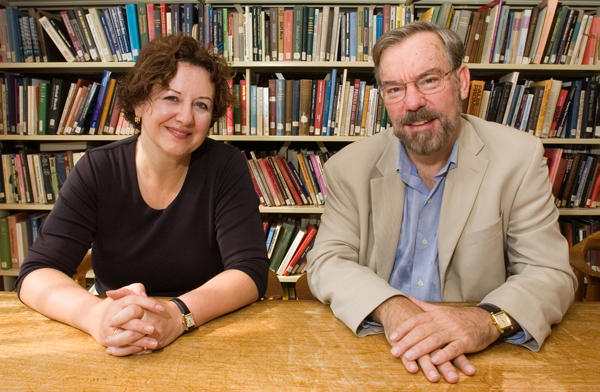
Successful Societies program co-director Michèle Lamont and fellow Peter A. Hall
2003
Experience-Based Brain and Biological Development (becomes Child & Brain Development) program starts
CIFAR launches Experience-Based Brain & Biological Development to address questions that arose from Population Health and Human Development. The program aims to understand how early social experiences affect mental and physical health throughout a lifetime. Not restricting itself to either side of the ‘Nature vs. Nurture’ debate, fellows seek to understand interactions between the two. The program is later renamed Child & Brain Development.
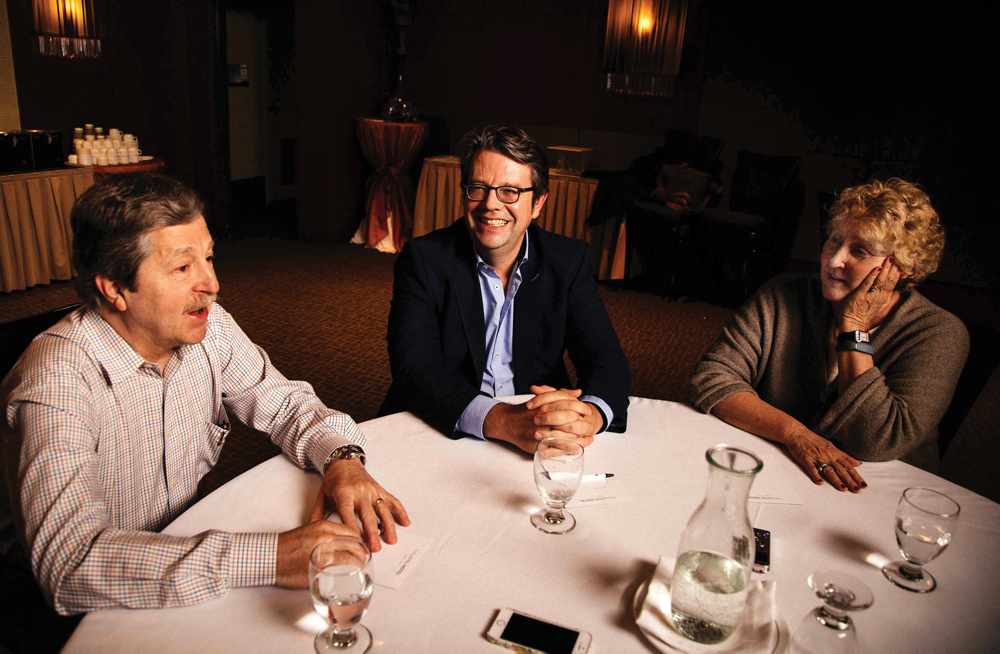
Child & Brain Development program fellows Charles Nelson and Michael Kobor, and Associate Fellow Megan Gunnar discussed how research could help children overcome adversity and live up to their potential in the Spring 2016 issue of REACH.
2005
Social Interactions, Identity & Well-Being; Genetic Networks programs start
The Social Interactions, Identity & Well-Being program bridges the gap between theoretical identity research and empirical studies in well-being. It drew together researchers from economics, public policy, social psychology, and sociology; and integrated non-financial factors valued by individuals in their decisions and well-being into economic research.
The Genetic Networks program investigated how genes function in both normal and abnormal cells of simple model systems, such as yeast and worms. Fellows study gene interactions, how well they are conserved across species, and the implications for preventing the onset of human disorders or diseases.
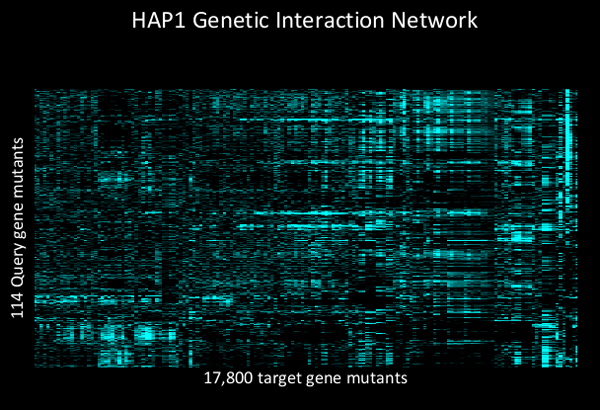
The first full-scale map of genetic relationships in a eukaryotic cell.
2007
Integrated Microbial Biodiversity program starts
The Integrated Microbial Biodiversity program leveraged new techniques to isolate, cultivate and study the microbes that populate Earth’s air, water, and soil. Researchers used advances in molecular and computational biology to learn how these creatures thrive in dramatically different and changing environments around the world, with implications for industry, climate, and medicine.
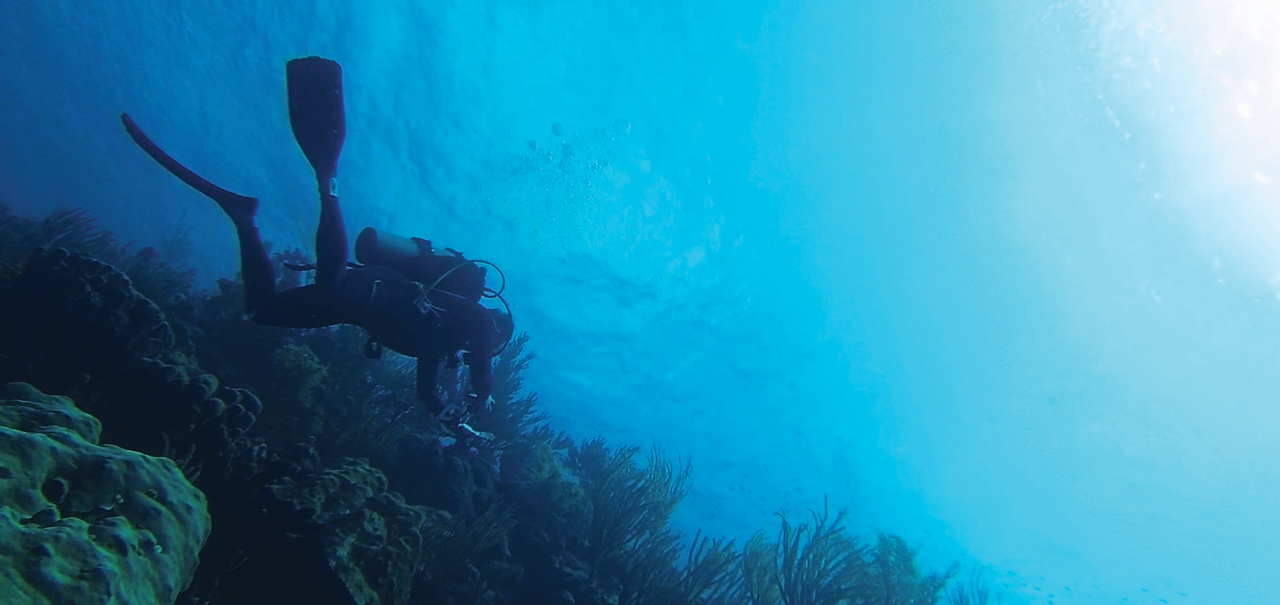
Members of the Integrated Microbial Biodiversity program study protists, a group of microorganisms that are profoundly important for the health of coral reefs and of oceans in general. Read more about their research into the REACH 2016 article, "Healthy Oceans."

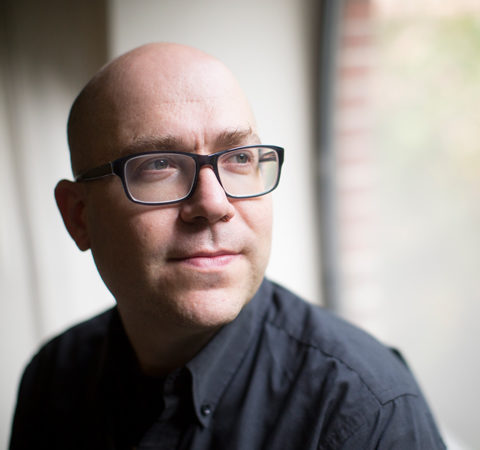

2015
Bio-inspired Solar Energy; Brain, Mind & Consciousness; Humans & the Microbiome; Molecular Architecture of Life programs start
The Brain, Mind & Consciousness program brings together experts in philosophy, law, and biology to study consciousness — what it is, when it exists, and how the brain is involved. The research has implications for understanding the human experience, technology, and disorders like schizophrenia.
The Bio-inspired Solar Energy program looks to biology for inspiration on how to find better ways of generating and storing energy from the sun. With this knowledge, they hope to replicate the process for cheaper, more efficient, and reliable energy.
Humans & the Microbiome takes an integrated approach to study the relationship between humans and the diverse microbial species that call them home. By bringing together researchers of different disciplines, the program aims to learn more about the role bacteria and other microbiota play in human evolution, behaviours, and health.
The Molecular Architecture of Life program takes on the challenge of building a picture of the individual steps that lead to the biological processes we call life. New discoveries could lead to improved diagnosis, drug delivery, and a better understanding of life on Earth.
Above photos: Brain, Mind & Consciousness founding program co-directors, Adrian Owen and Melvyn Goodale; Bio-Inspired Solar Energy program co-director, Alán Aspuru-Guzik; and Humans & the Microbiome founding program co-director Janet Rossant.



2019
Boundaries, Membership & Belonging; Earth4D: Subsurface Science & Exploration; Fungal Kingdom: Threats & Opportunities; Innovation, Equity & the Future of Prosperity programs start
Boundaries, Membership & Belonging: All societies distinguish members from non-members. The Boundaries, Membership & Belonging program explores ways to create and empower groups without reinforcing ideas that produce pernicious divisions and hierarchies. The program brings together leading social scientists and political and legal theorists who collaborate to make sense of membership politics.
Earth 4D: Beneath our feet is a vast, unexplored world consisting of up to tens of kilometres of thick crust containing water, gasses, nutrients, resources, and various forms of life. The Earth 4D program’s multidisciplinary team draws on geology, chemistry, planetary science, and engineering to investigate the interactions between the subsurface and the surface of Earth. They seek to inform and expand our understanding of planetary evolution and the possibility of finding life elsewhere.
Fungal Kingdom: As both antibiotic producers and deadly pathogens, necessary members of ecosystems and are invasive species, fungi are complicated. Understanding the complexity of the fungal kingdom demands a multidisciplinary approach. This CIFAR team includes diverse experts who interrogate the unique facets of fungal biology in order to mitigate the threats posed by fungi and harness their extraordinary potential.
Innovation, Equity & the Future of Prosperity: The benefits of innovation tend to be concentrated in a limited number of industries, regions and hands. Innovation that exacerbates inequality can undermine public support for science and innovation and can contribute to broader political alienation. The Innovation, Equity & the Future of Prosperity program brings together economists, political scientists, engineers, and historians to examine how the policies used to generate and diffuse innovation affect the distribution of opportunities and outcomes in society.
Above photos: Boundaries, Membership & Belonging co-director, Irene Bloemraad speaking at the CIFAR Global Call celebrations; and Earth 4D program co-director, Barbara Sherwood Lollar.